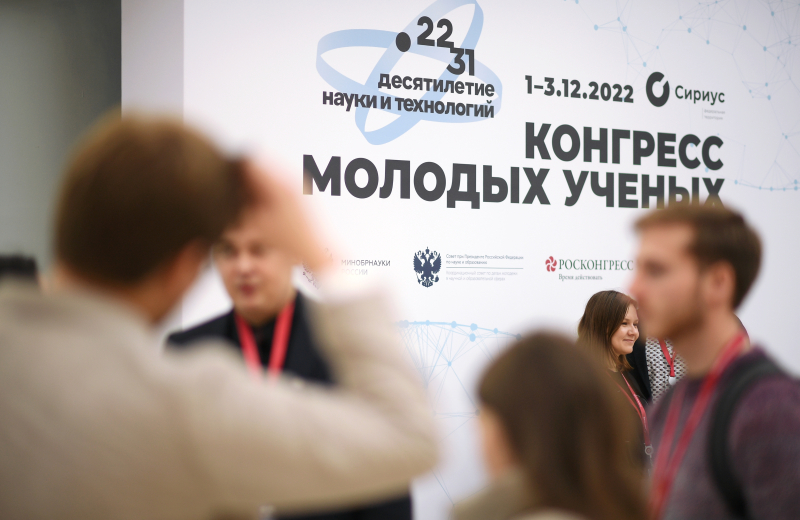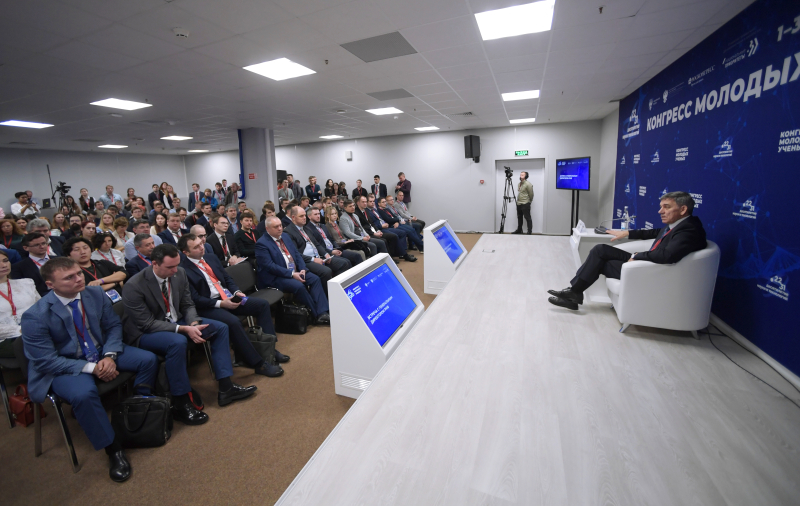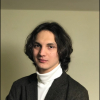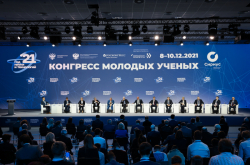Bridging the gap between researchers and the industry
Starting in 2023, RSF operations will include a particular focus on supporting applied technologies research & development. This new initiative will be led by Alexei Medvedev, the former Deputy Head of the Ministry of Education and Science. As pointed out by Alexander Khlunov, the goal of this is to bridge the figurative “valley of death” that separates those doing scientific research from tech developers and industrial facilities.
Support is to be provided to research projects in five priority fields: medical science, electrical components engineering, agriculture, scientific instrumentation, and green energy technology. A separate science and technology board for applications review is to be created and will include not only scientists, but also representatives of companies working in the aforementioned fields. Importantly, the latter will have the final say on whether the application is accepted.
Per Mr. Khlunov, the primary selection criteria will be the market demand for such projects, their plausibility, and whether they correspond to one of the five fields. Another important factor is whether a particular facility is already interested in implementing a project, as this same council will also be overseeing the implementation of the technology into the production process:
“The Russian economy, represented by its businesses, is suffering from how neither banks nor companies are willing to fund projects involving R&D or fundamental sciences – for them, it seems to be a great risk that is impossible to assess. Our mission is to take that risk onto ourselves. At the same time, we understand that spending money on a whim is questionable, so we will require assurances that a company is actually willing to convert design documents into a real product,” explained Mr. Khluhov.

Alexander Khlunov at the second Congress of Young Scientists. Credit: Alexei Nikolskiy / Congress of Young Scientists photobank / riamediabank.ru
The final amendments to the law governing RSF operations are to be subjected to their second and third readings by the State Duma on December 6. Afterwards, the formation of the science and technology board and the allocation of its funding budget will begin.
Key figures
The Russian Science Foundation was established in November 2013 and provides funding for scientific and R&D programs and projects in the field of fundamental research. Each year, the RSF supports approximately 7,500 projects, a majority of which are staffed or headed by young scientists. In its eight years of operation, the foundation has invested more than 180 billion rubles into research projects.
The grant pool and, correspondingly, the volume of funding grow with each year. In 2022, researchers received 32 billion rubles from the foundation, which is almost 10 billion more than in 2021 (when the figures amounted to 24.3 billion). The number of projects grows, too: where 5,300 grants were given to nearly 40 thousand scientists by the end of 2021, in 2022 these figures increased to 10 and 50 thousand, respectively.
In 2023, these numbers are expected to grow further, with some 42 billion rubles going towards fundamental research. Grants will be issued to individual scientists (up to 1.5 million rubles per person) and entire laboratories (up to 32 million per lab).

The second Congress of Young Scientists. Credit: Alexei Maishev / Congress of Young Scientists photobank / riamediabank.ru
On December 1-3, the Sirius Park of Science and Art in Sochi is hosting the second Congress of Young Scientists. A key event held as part of the national initiative Decade of Science and Technologies, it brings together over 3,000 participants from 40 countries, including Russia, China, India, and Egypt. During the congress, school and university students, young scientists, and business and government representatives gather to discuss crucial topics of science and share their achievements. As a participant, ITMO plans to present its own technologies and inventions: a “kangaroo robot” and a robot artist, the next generation of wireless chargers, healthy “smart” cookies with microelements and biologically active substances, and more. Scientists affiliated with ITMO will also take part in the event’s business program.






